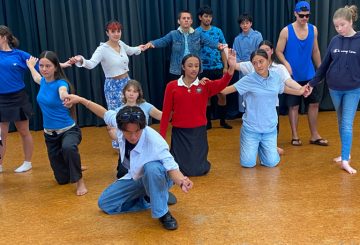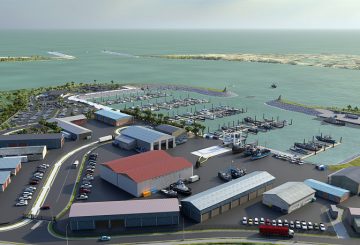Ang mga lokal na tribo (iwi) at konseho ng Timog Taranaki ay lumikha ng bagong kasunduan sa pakikipagsosyo. Ipinapaliwanag ng He Pou Tikanga Partnership Strategy kung paano plano ng South Taranaki District Council na mapabuti ang pakikipagtulungan sa apat na iwi ng lugar. Ang kasunduan ay ginawa ng konseho at ng mga pangkat ng pamamahala ng iwi. Kabilang dito ang mga kawani mula sa magkabilang panig na nagtatrabaho nang magkasama, kasama ang konseho na pin
Sinasabi sa kasunduan na ang iwi ay dapat kasangkot sa pagbuo ng mga patakaran ng konseho, paghahatid ng serbisyo, mga espesyal na proyekto, at paggawa ng desisyon. Higit pang mga mapagkukunan mula sa konseho at iba pang mga mapagkukunan ang kinakailangan para makilahok ang iwi. Sinabi ni Mayor Phil Nixon na mahalaga para sa mga kawani mula sa magkabilang panig na magtrabaho nang magkasama.
Inorportahan ng komite ng iwi ng konseho ang pakikipagsosyo para sa pagsasama sa 2024-34 long term plan. Gayunpaman, plano ng bagong gobyerno na bawasan ang kasamang pamamahala sa Māori, kabilang ang mga patakaran ng lokal na pamahalaan. Sinabi ng bagong Ministro para sa Regulasyon, si David Seymour, na ang mga patakaran ng kapalit ay magtutuon sa mga karapatan sa pag-aari.
Inaasahan ni Mayor Nixon na patuloy na susuportahan ng gobyerno ang lokalismo. Sinabi niya na ang konseho ay may magandang relasyon sa iwi at nais na magpatuloy sa pagtatayo doon. Hinihiling din ng kasunduan na ang anumang mga ward ng konseho ng Māori na itinatag nang walang referendum, kabilang ang dalawa sa South Taranaki, ay harapin ang isang referendum sa susunod na halalan sa lokal na katawan. Inaasahan ni Nixon na susuportahan ng komunidad ang mga ward at ang bagong kasunduan sa pakikipagsosyo.
Tumagal ng tatlong taon ang pakikipagsosyo upang makipag-ayos. Ang mga kinatawan ng Iwi ay nasasabik sa potensyal nito. Naniniwala sila na hahantong ito sa higit na kooperasyon at tiwala sa pagitan ng iwi at ng konseho, na makikinabang sa distrito. Binalangkas din ng kasunduan ang karagdagang mga plano para sa lokal na demokrasya




























































